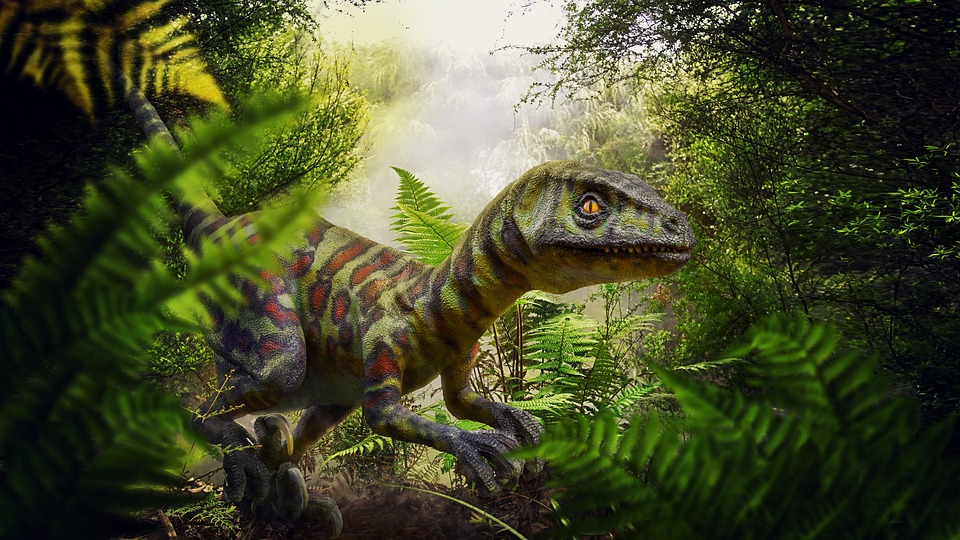Scientists discover new dinosaurs species with bird like feathers in Mangolia

Scientists say they have discovered a new species of feathered, bird-like dinosaurs in the Gobi desert of Mongolia. A study, published in the journal PLOS ONE, described an incomplete skeleton of an oviraptorosaur from the Late Cretaceous found in the Nemegt Formation of the Gobi desert.
Despite the abundance of nearly complete oviraptorosaur skeletons discovered in southern China and Mongolia, the diet and feeding strategies of these toothless dinosaurs are still unclear, said Yuong-Nam Lee from Seoul National University, South Korea. Oviraptorosaurs were a diverse group of feathered, bird-like dinosaurs from the Cretaceous of Asia and North America.
The new species, named Gobiraptor minutus, can be distinguished from other oviraptorosaurs in having unusual thickened jaws. This unique morphology suggests that Gobiraptor used a crushing feeding strategy, supporting previous hypotheses that oviraptorosaurs probably fed on hard food items such as eggs, seeds or hard-shell mollusks, researchers said.
Histological analyses of the femur revealed that the specimen likely belonged to a very young individual. The finding of a new oviraptorosaur species in the Nemegt Formation, which consists mostly of river and lake deposits, confirms that these dinosaurs were extremely well adapted to wet environments. The researchers propose that different dietary strategies may explain the wide taxonomic diversity and evolutionary success of this group in the region.
(With inputs from agencies.)
- READ MORE ON:
- Desert Ridge
- Desert island
- Palm Desert
- Gobi Desert
- History of Mongolia
- Inner Mongolia
- Eiffel Tower
- Late Cretaceous
- Individual retirement account
- Individual and group rights
- High-net-worth individual
- Rocky River
- Yellow River
- Little River
- North America
- Exploration of North America
- Bank of America
- South Asia
- Asia Cup
- Southeast Asia
ALSO READ
Hockey India names 33-member Indian women's hockey team core group
Piramal Group arm invests Rs 110 cr in Biodeal Pharma
Unified Brainz Group Celebrates Milestones with 6th Global Business Leadership Forum & Awards 2024
"He has friendship with Mukhtar Ansari and Kings' group...," BJP candidate Madhavi Latha on Owaisi receiving threats
China's real estate crisis: Shanghai-based property giant Shimao Group faces liquidation suit










